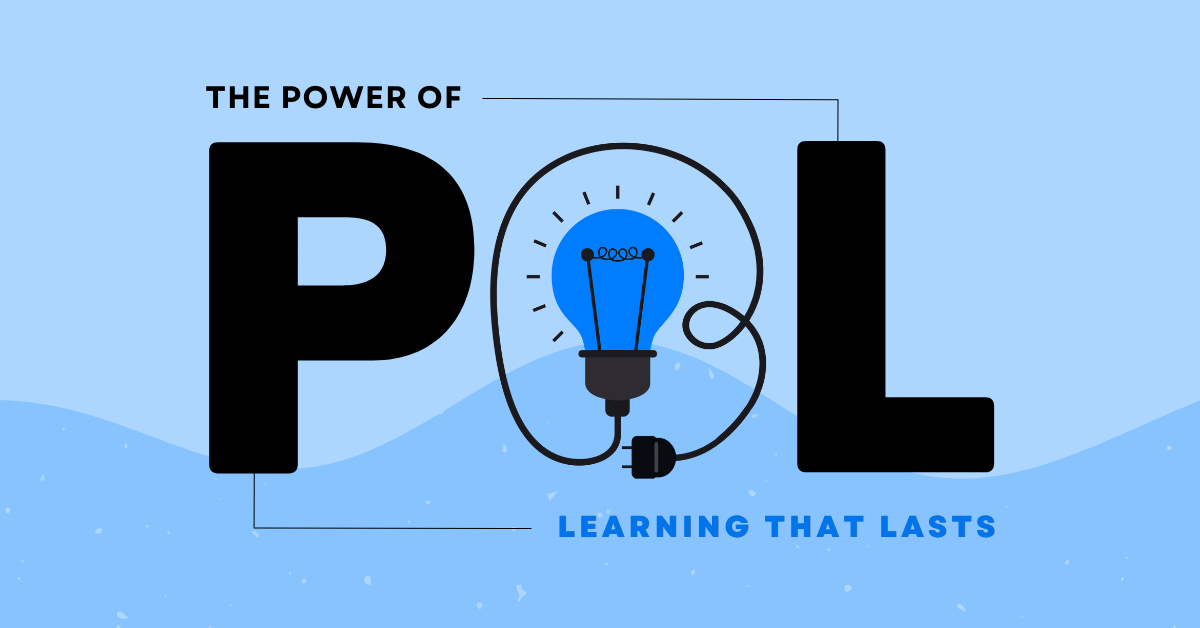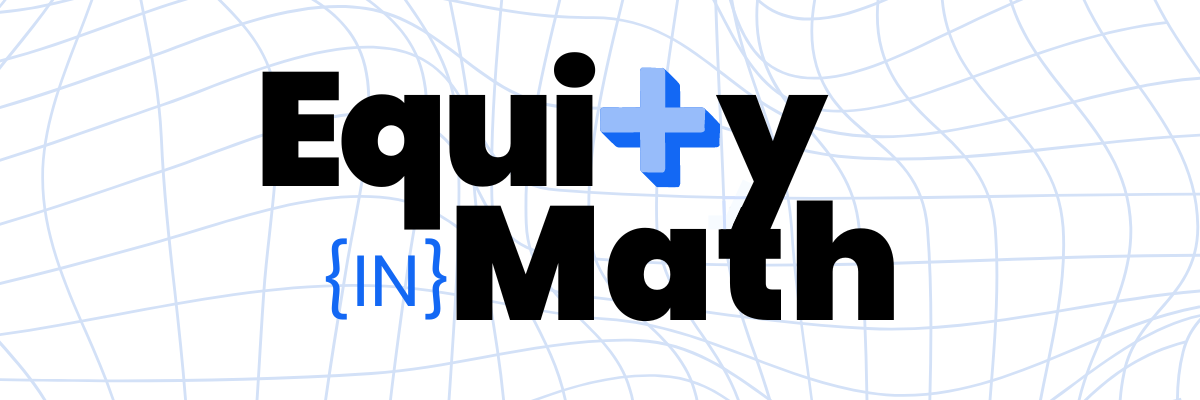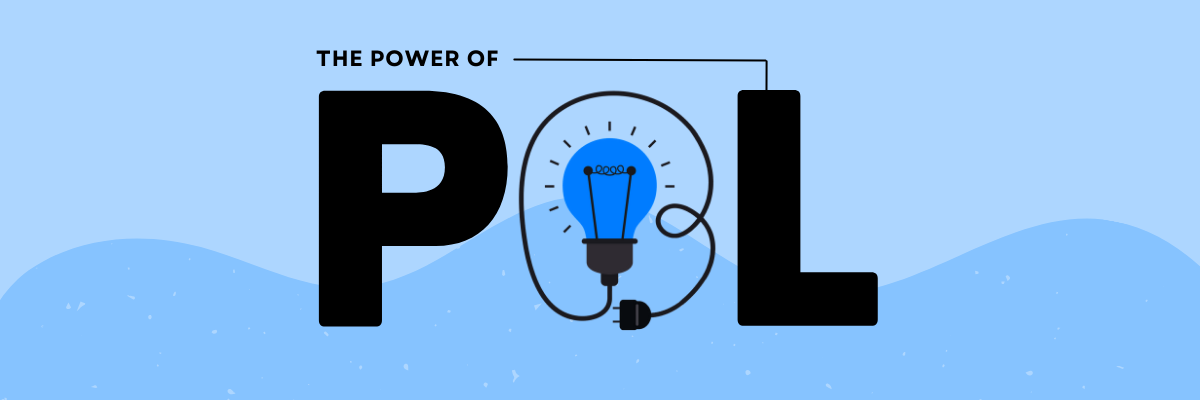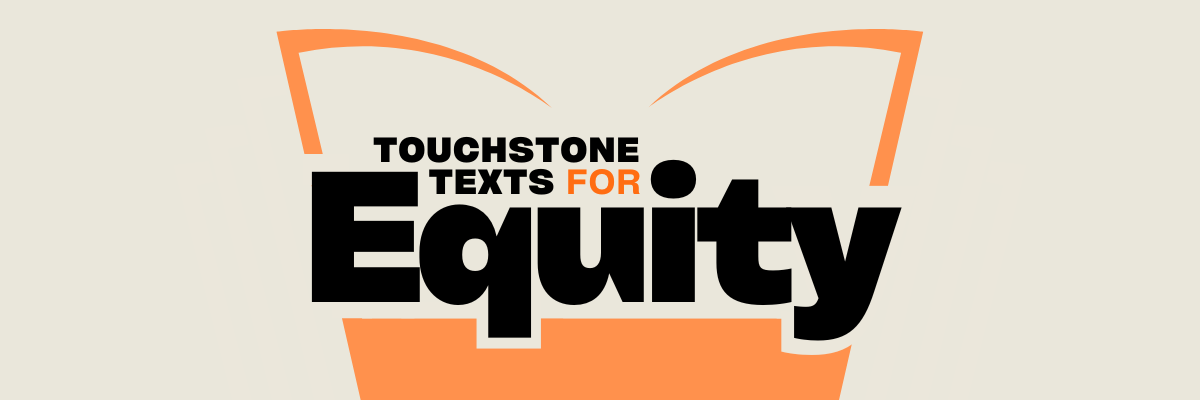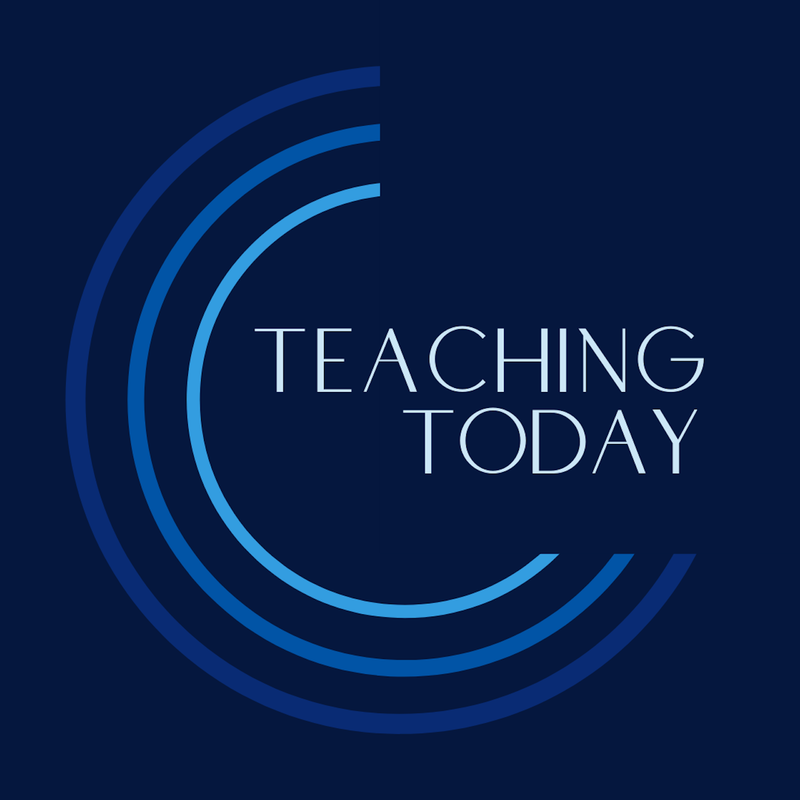|
Empower students to assess their own learning and take charge of their educational experiences.
One of the most exciting things about project-based learning is that it lets students take control of their learning experience, allowing them to lead their educational journey. However, understanding what this truly means and visualizing what it might look like in practice can sometimes feel unclear and ambiguous.
For me, the above means fostering student discovery and embarking on a shared journey with students to achieve specific goals. One way I support teachers with this approach is through collaboratively establishing success criteria with students, rather than dictating them. Moss and Brookhart (2015) advocate for this process, emphasizing the importance of ensuring that students comprehend the learning goals and have a clear understanding of what exemplary work on a project looks like. This ongoing process involves teachers regularly monitoring and assessing students' understanding of learning goals and addressing any misconceptions that may arise.
Empowering student discovery
The significance of success criteria lies in empowering students to assess their own learning and take charge of their educational experiences, fostering a sense of self-efficacy. Students who believe in their ability to succeed are more likely to persist in their work, even in the face of challenges (Bandura, 1997). In essence, success criteria become a means to provide students with an opportunity to actively drive their own learning. Teachers play a significant role in this process by posing essential questions such as: What do I want my students to learn? How will I teach it? How will I know they got it? Similarly, students are encouraged to inquire about their own learning: What will I learn? How will I learn it? How will I know that I got it? When it comes to communicating success criteria, we can tell students explicitly, show them through modeling, offer examples, or support them in discovering the criteria themselves, whereby students are actively exploring, uncovering, and understanding concepts or knowledge on their own. Student discovery leads to deeper understanding, greater intrinsic motivation, longer retention of knowledge and skills, as well as promoting student ownership over their learning. To facilitate this discovery, I want to share four promising practices.
Promising Practice: Questioning
Engage students in questioning to ensure a deep understanding of project goals. Techniques such as putting learning targets in their own words, Think-Pair-Share, and an iteration of KWL (what we know, want to know, what we will need, what learning/skills we can lean on) can be effective. An example of series of teacher-facilitated questions as part of a project on the water cycle could sound like:
Promising Practice: Envisioning
Support students in visualizing their goals and the final project outcome. Creating planning charts, breaking down tasks into smaller parts, and involving teachers in the planning process can enhance students' understanding and success. Here is an example of a student-created planning chart for a high school social justice project:
Promising Practice: Using exemplars
Expose students to examples of past work, encouraging them to analyze and describe its traits, features, and styles. This inductive approach allows students to discover project expectations through inquiry and exploration, promoting a deeper understanding. This could look like:
Promising Practice: Rubrics
Utilize rubrics not just for evaluation, but as a guiding tool throughout the project. Students can assess examples, rephrase or recreate rubrics in their own words, and use them to evaluate their own work and that of their peers, informing revisions. An example of this could look like:
The journey toward student-driven project-based learning is marked by the collaborative establishment of success criteria, enabling students to actively participate in their own learning. By implementing these promising practices, educators can create an environment where students not only understand the goals, but also take ownership of their educational path, ultimately promoting continuous growth and exploration.
|
|
The Center for Professional Education of Teachers (CPET) at Teachers College, Columbia University is committed to making excellent and equitable education accessible worldwide. CPET unites theory and practice to promote transformational change. We design innovative projects, cultivate sustainable partnerships, and conduct research through direct and online services to youth and educators. Grounded in adult learning theories, our six core principles structure our customized approach and expand the capacities of educators around the world.
|
ABOUT US
525 West 120th Street, Box 182 New York, NY 10027 416 Zankel Ph: (212) 678-3161 [email protected] Our Team Career Opportunities |
RESOURCES
Professional Articles Ready-to-Use Resources Teaching Today Podcast Upcoming PD Opportunities |
COACHING SERVICES
Custom Coaching Global Learning Alliance Literacy Unbound New Teacher Network Student Press Initiative |






